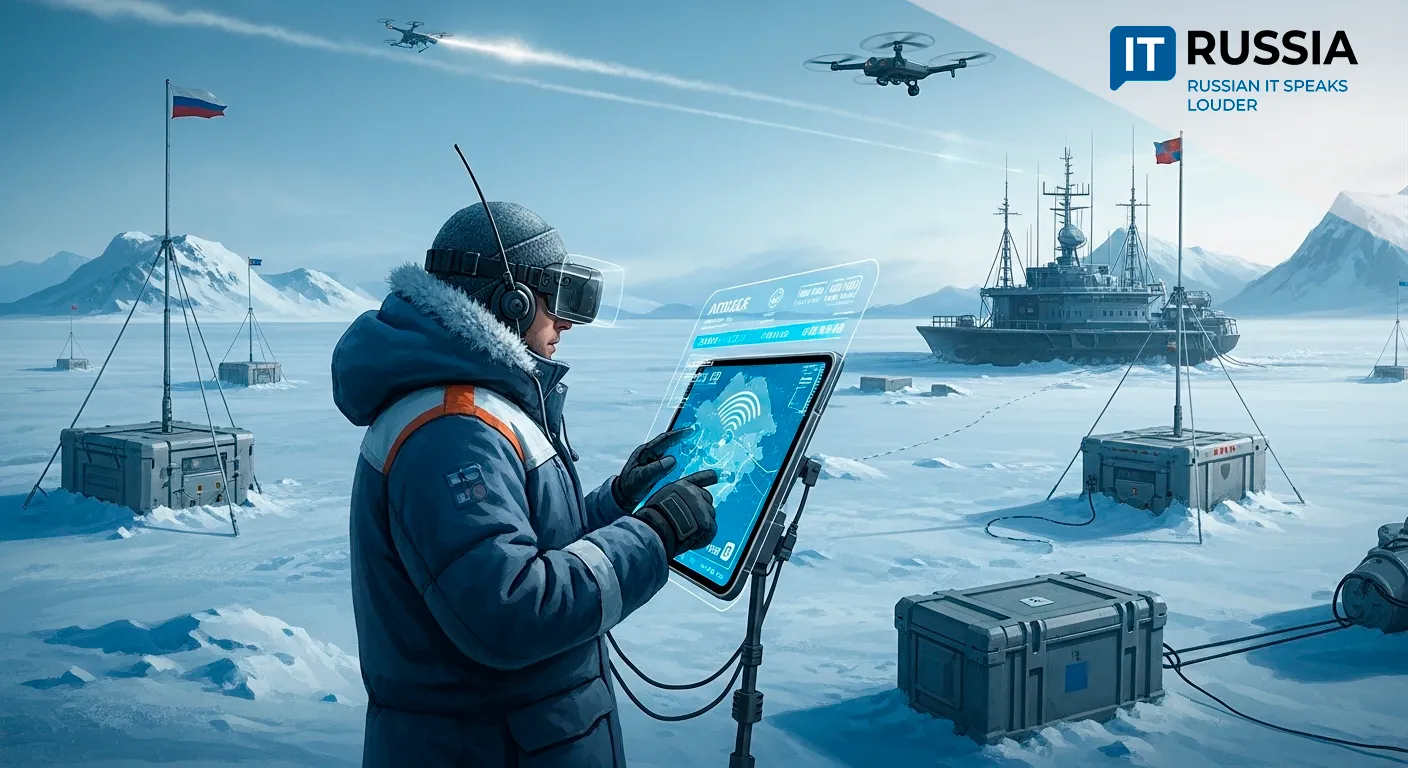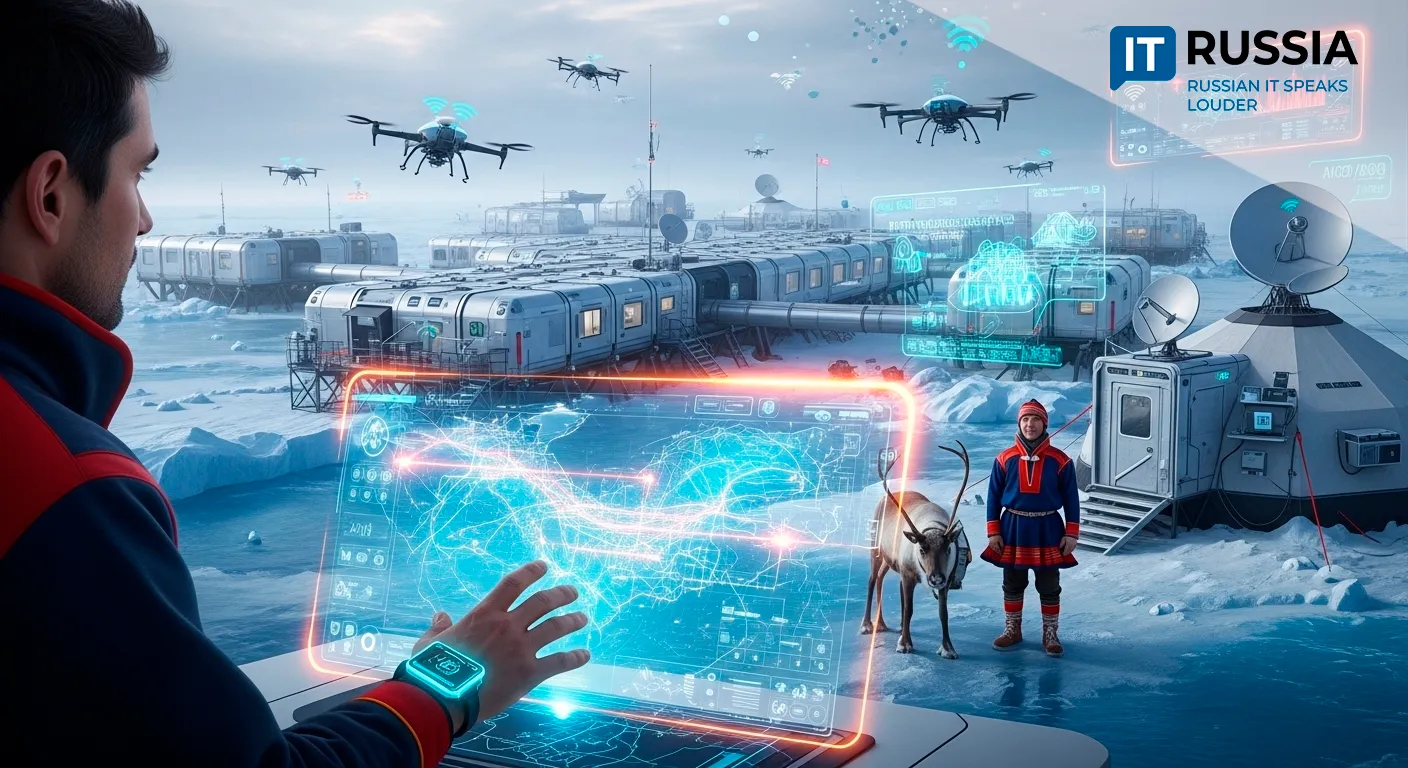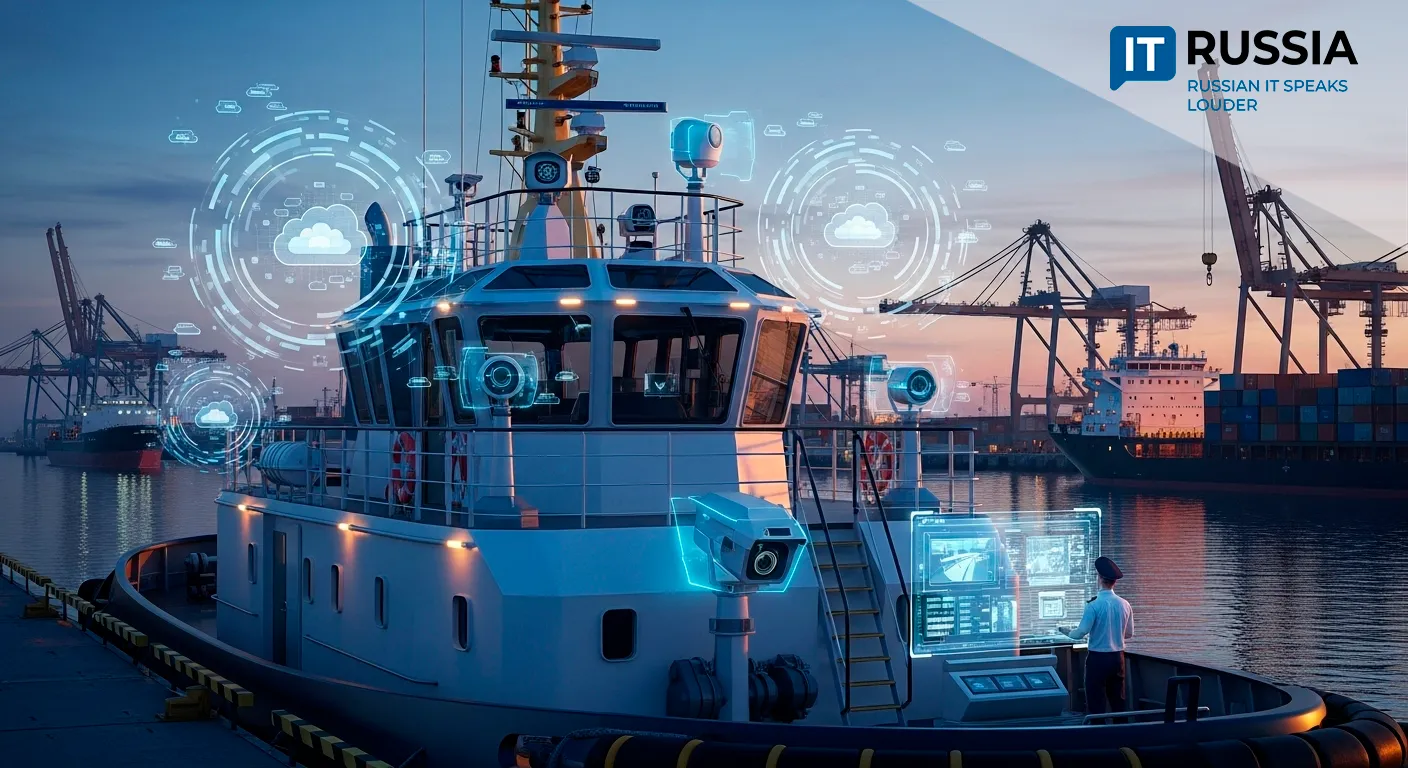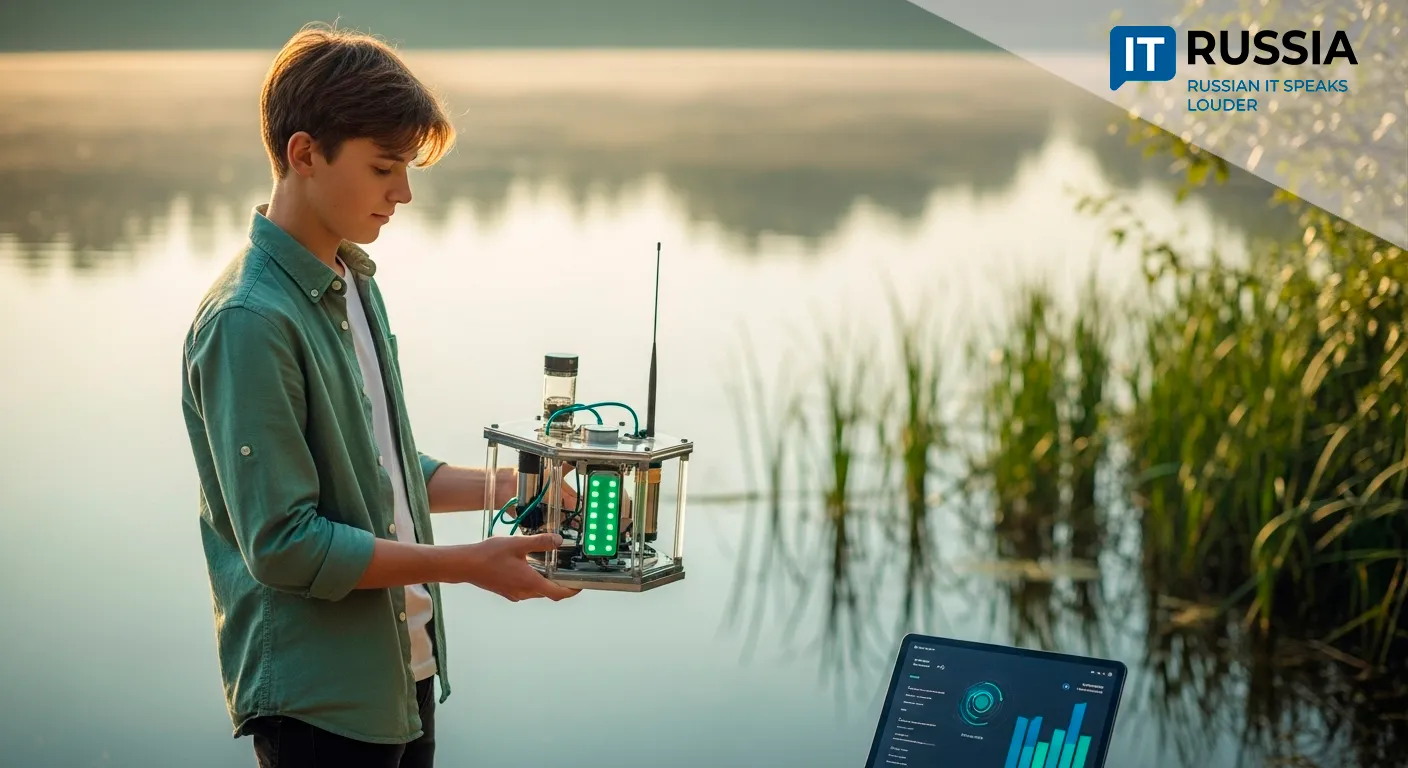Prometey-4 Digital Twin: Russia's Breakthrough in Underwater Robotics
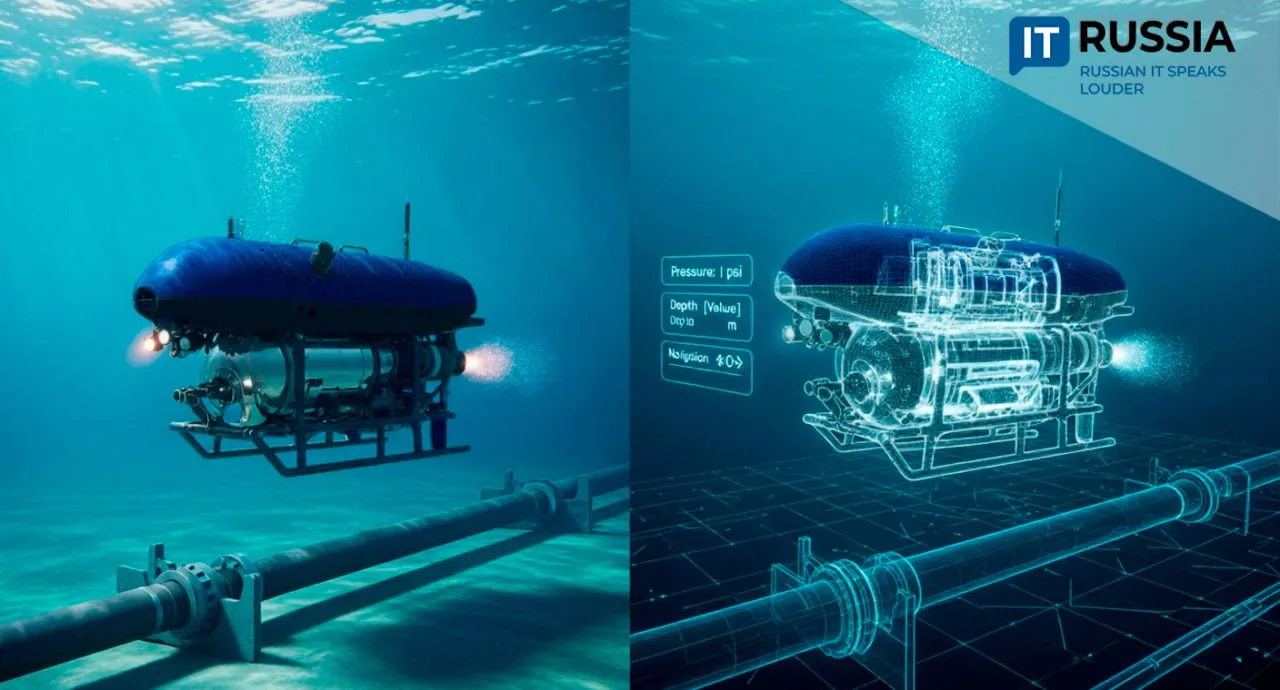
Developed by Astrakhan State University and Smelkom Robotics, the digital twin of the Prometey-4 underwater robot has been recognized as one of the top projects of the national ‘Grand Challenges 2025’ program—highlighting Russia’s growing contribution to sustainable marine exploration technologies.
Risk-Free Results
Modern diving technology allows human operators to descend to depths of around 70 meters, often at significant risk. The Prometey robot, in contrast, is designed to function at depths of up to 300 meters, making it a critical tool in deep-sea applications.
But deploying such costly equipment into unpredictable waters requires planning and testing. That’s where the digital twin comes in—a virtual model of the real device, capable of simulating operations and outcomes before the physical robot ever leaves the dock.
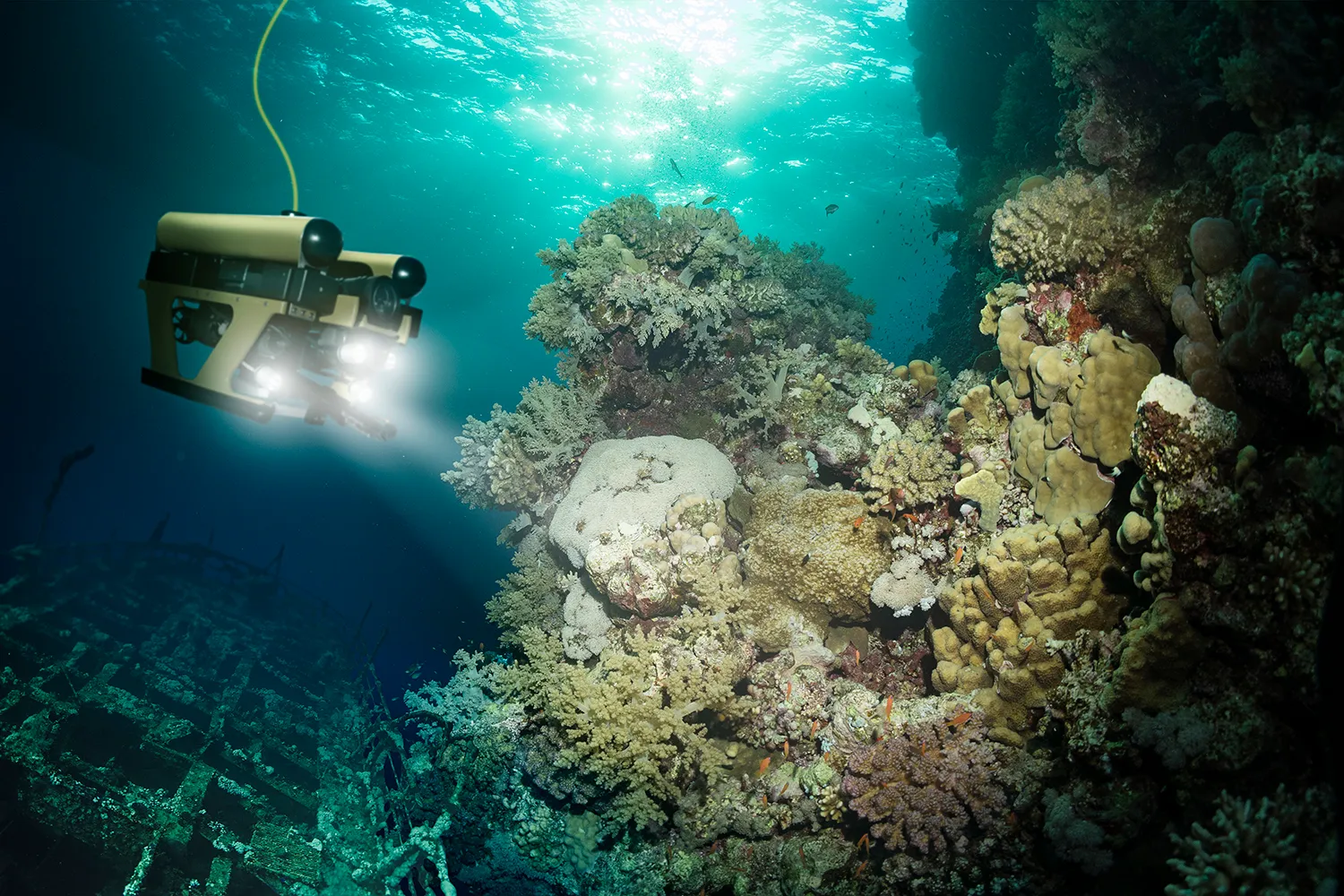
Using real-time sensor data, the digital environment mirrors the conditions faced by the robot, including depth, pressure, and current. Operators can simulate missions, practice maneuvering, and validate procedures without endangering hardware or personnel.
Taking the Challenge—and the Lead
The project opens up new possibilities for training underwater robotics specialists without the need for expensive field exercises. The Prometey-4 digital twin can inspect underwater pipelines, survey offshore platforms, and operate in harsh environments such as the Arctic and Caspian Seas—all without risking environmental contamination or human error.
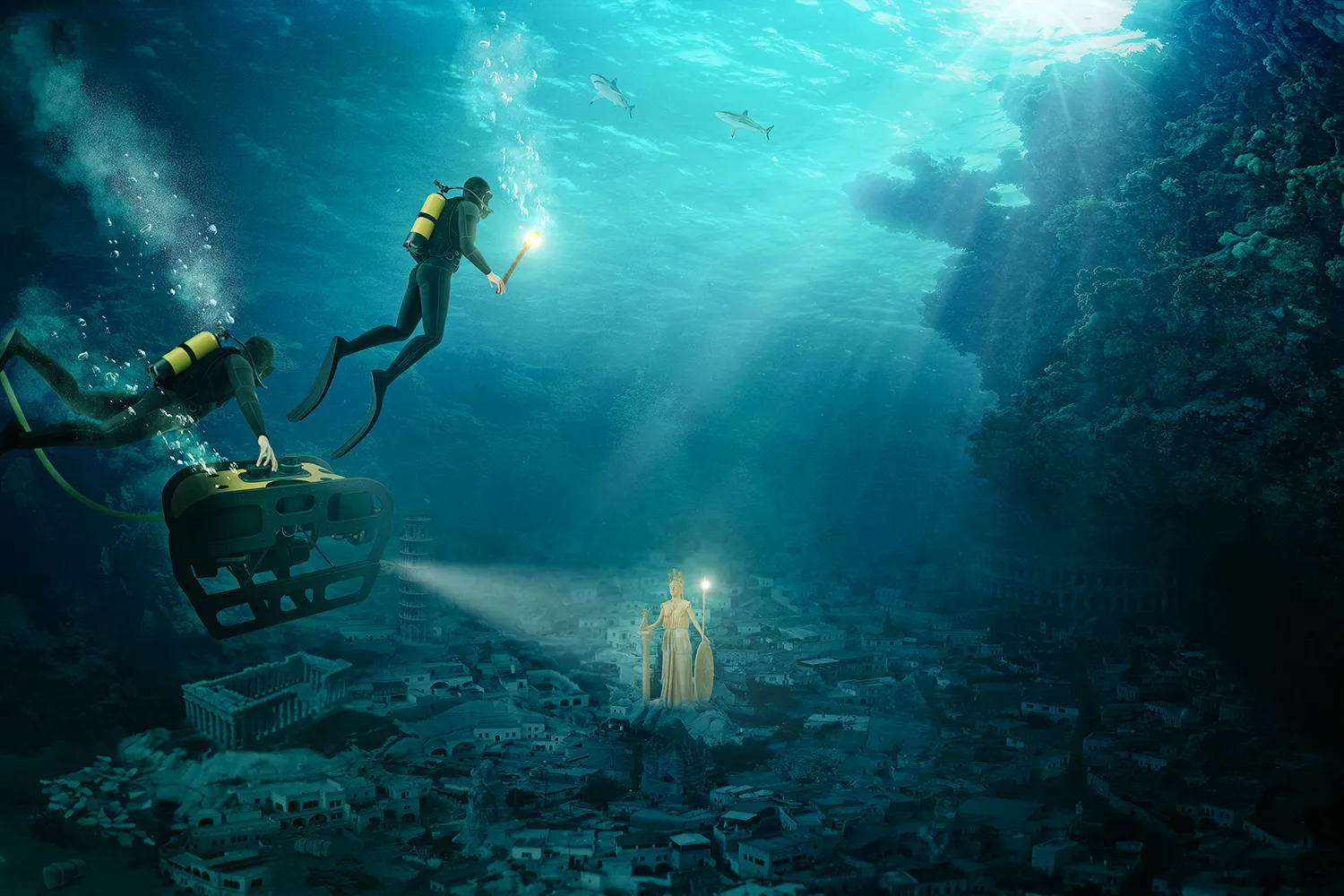
This innovation helps cut training costs, reduce the likelihood of mission failures, and accelerate deployment in extreme conditions—from deep-sea research to monitoring oil and gas infrastructure.
There is also clear global demand. Countries with developing maritime infrastructure—particularly those in the Middle East and Southeast Asia—are actively exploring digital twin technologies for offshore inspection and risk mitigation.
A Clear Competitive Edge
Prometey-4 is part of a global trend: digital twin technologies are becoming indispensable in underwater operations. What began as modeling tools for industrial and energy systems has now extended to lakes, rivers, seas, and oceans.
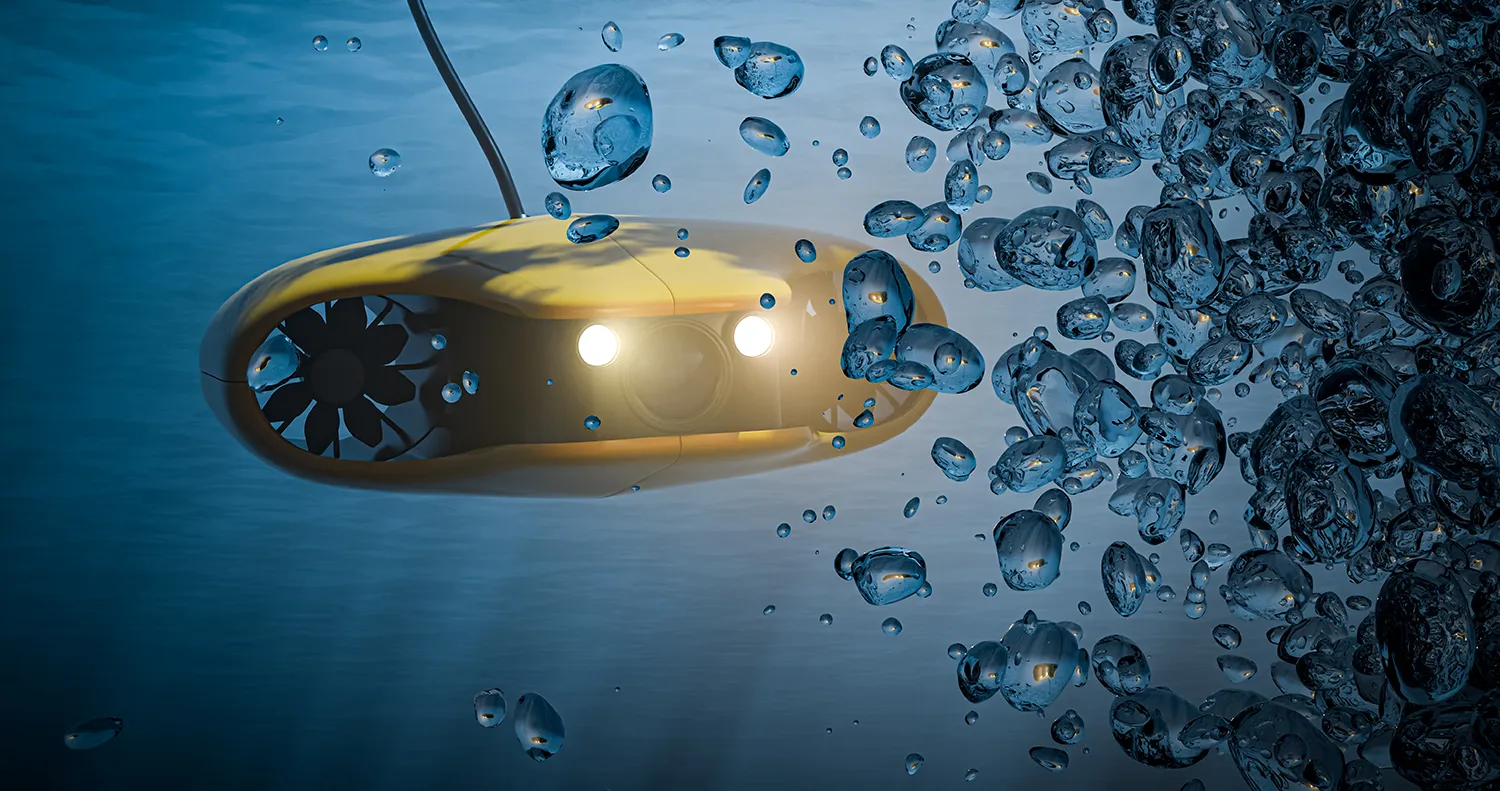
The project is more than just a competition win—it’s a signal of where Russian science and engineering are headed. The development shows how academic institutions, industry, and government support can come together to produce ecological and economic value.
In the coming years, such systems will be foundational to Arctic, Caspian, and global ocean exploration. Russia is positioning itself as a frontrunner in this emerging sector, both technologically and strategically.



